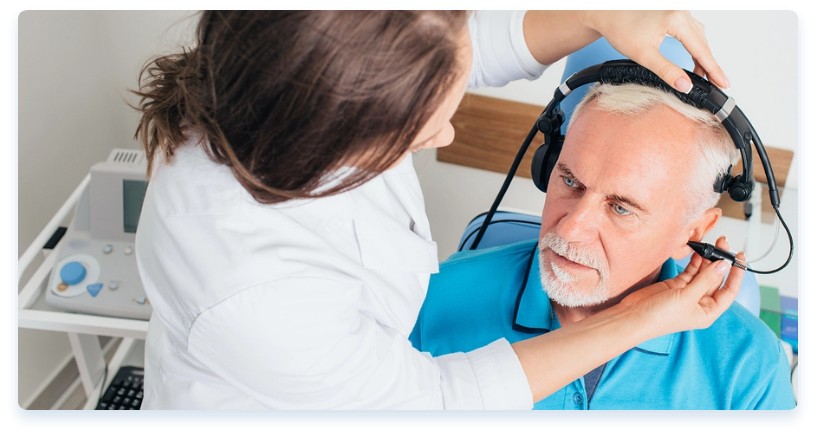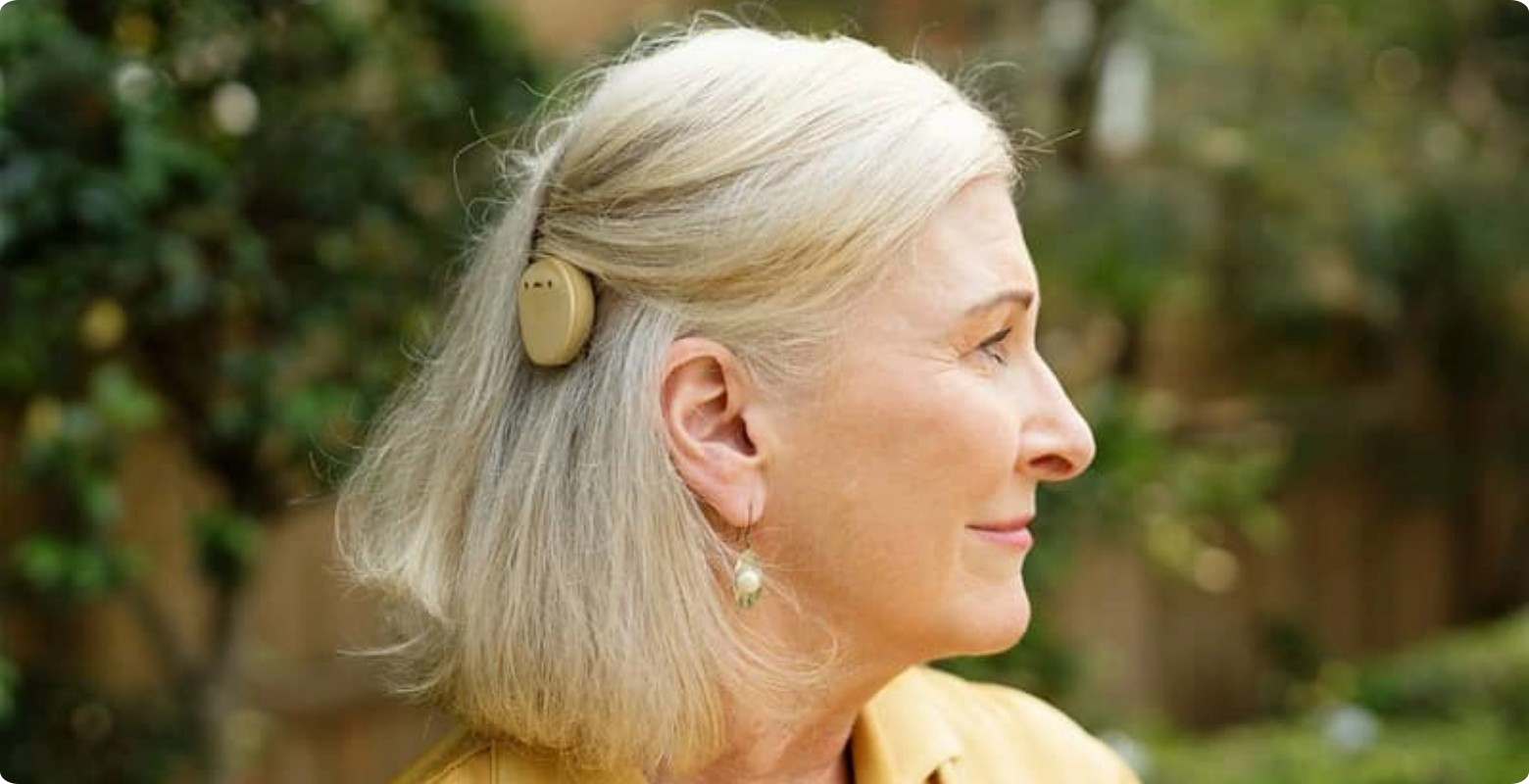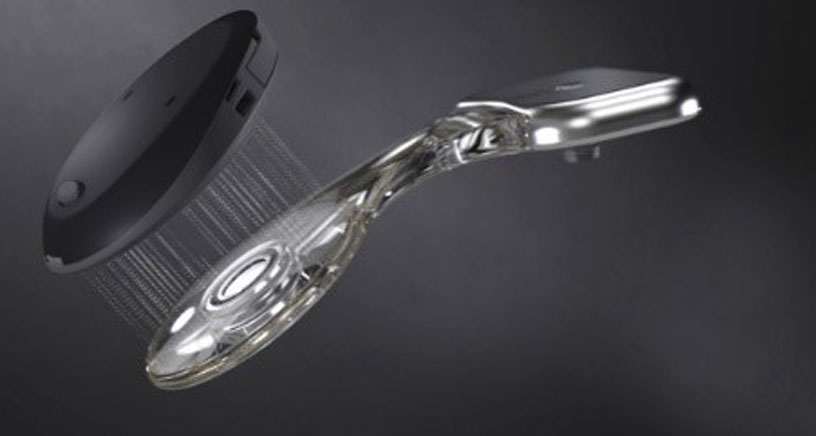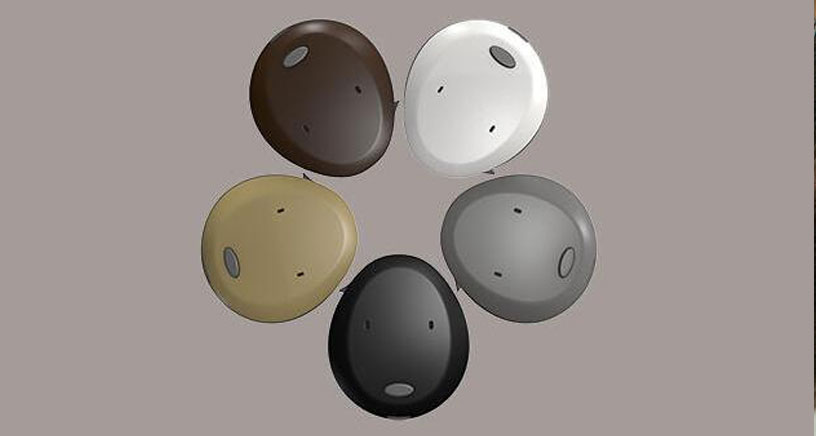Cyber Monday Discount 20%
Longmont Hearing & Tinnitus Center has audiologists skilled at assessing, fitting, and adjusting cochlear implants, hybrid hearing aids, and bone-anchored hearing aids in Longmont, CO.
We are proud to be a part of the Cochlear Provider Network.

Hearing loss can strike anyone, of any age, at any time. Perhaps you’ve had it since childhood. It could be that you first noticed it at work, struggling to hear co-workers or presentations. Or maybe it was at a party. Or, it may have been a part of your life for so long that you can’t remember how it started.
Just as no two stories of hearing loss are the same, neither are the stories of overcoming it. In many situations, hybrid hearing, a cochlear implant, or a bone conduction implant can help individuals who don’t benefit from hearing aids. To determine if having a hearing implant is the best option for you, schedule an appointment with one of our audiologists at Longmont Hearing and Tinnitus Center, Colorado.

Bone conduction hearing implants are surgically implantable hearing devices that are typically recommended for individuals who don’t benefit from external hearing aids. They are used to treat conductive, mixed or one-sided sensorineural hearing loss using direct bone conduction to transmit the vibration of sound directly to the cochlea. A titanium prosthesis is surgically implanted into the skull with a small magnet under the skin. An external sound processor captures sound and transmits the sound vibrations to the titanium implant through the magnetic connection.
The Cochlear Osia® is the first of its kind: an active osseointegrated steady-state implant. With its sleek design and superior adaptability, it’s safe to say that hearing implants will never be the same. The Cochlear Osia® is made of two parts: the sound processor and the implant. The implant is placed behind the ear and underneath the skin. The sound processor is placed near to the ear and is held in place by a magnetic connection. The Osia® features dual microphones that capture sound, which the sound processor converts into a digital signal. That signal is then transmitted through the skin via a digital link, and travels down to the implant to the Piezo Power transducer.
Using piezoelectric material, the transducer generates mechanical vibrations. The titanium implant, which is fused with the bone, transmits those vibrations through the skull and directly to the inner ear, where those vibrations are converted into electrical impulses. Once that’s done, those impulses are sent to the brain to be interpreted as sound.


Designed to help people with conductive hearing loss, mixed hearing loss, and single-sided deafness, the Cochlear Baha® System utilizes your body’s natural ability to conduct sound. By connecting to the bone behind your ear, the Cochlear Baha® System bypasses the damaged outer or middle ear and sends sound directly to your healthy inner ear, where sound comes to life.

Cochlear implants are small, complex, electronic devices that can help give the perception of sound to individuals diagnosed as profoundly deaf or hard of hearing. The cochlear implant consists of an external portion that sits behind the ear, and an inner portion that is surgically implanted under the skin.
Longmont Hearing & Tinnitus Center is proud to be a part of the Cochlear Provider Network. Our audiologists are skilled at the assessment, fitting, and adjustment of cochlear implants, hybrid hearing, and bone-anchored hearing aids.
